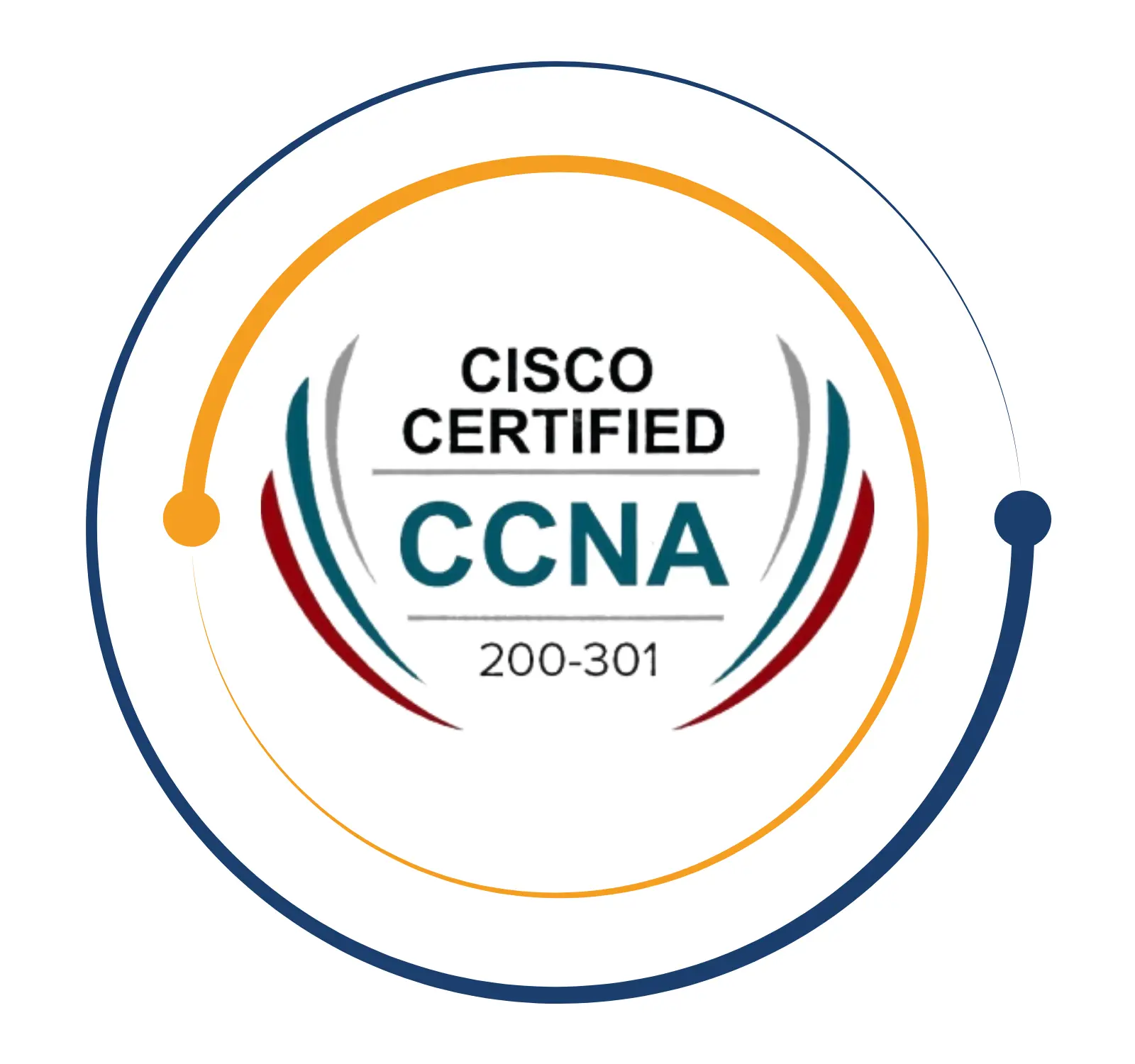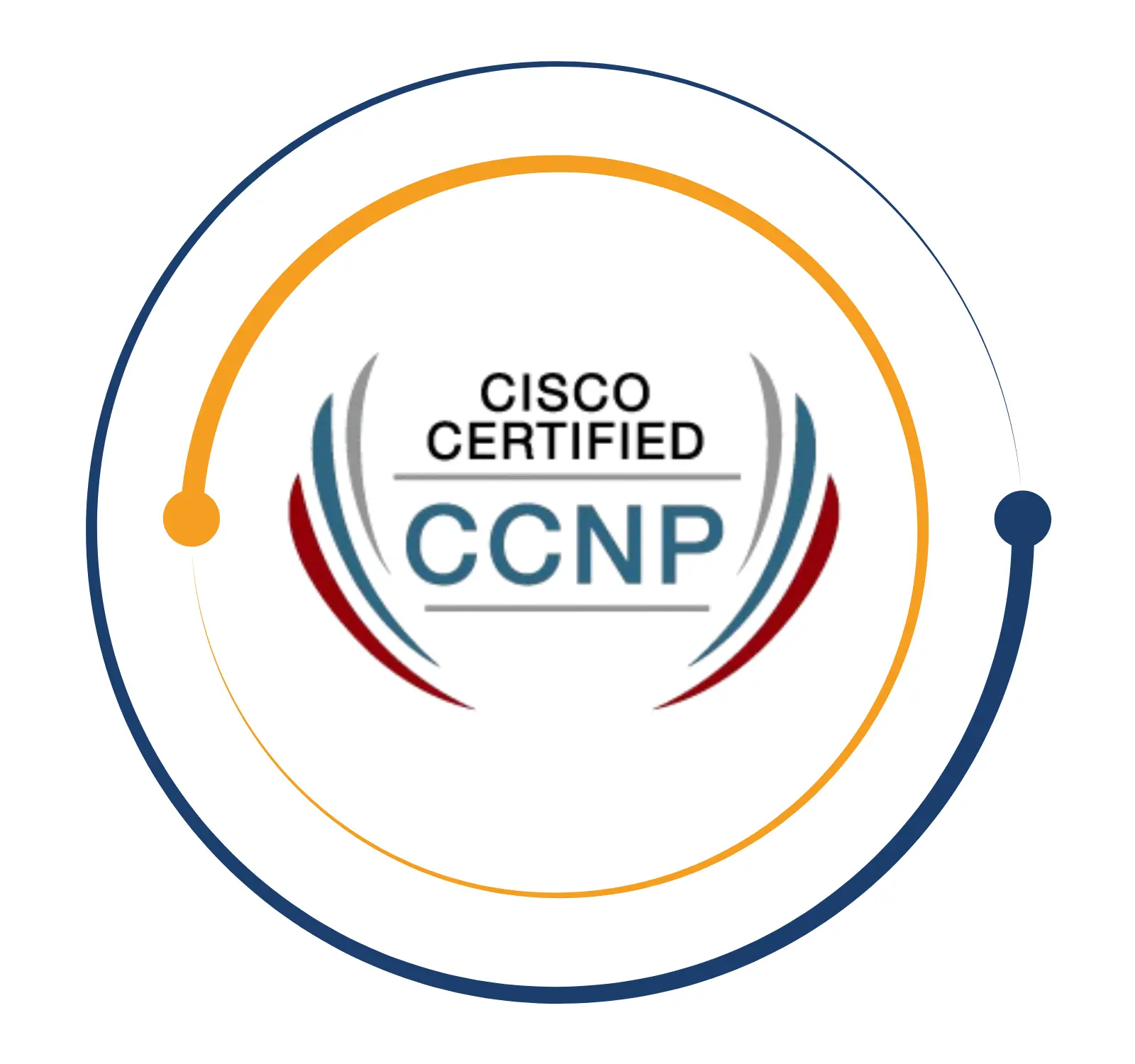Explore the art of ethical hacking and strengthen digital defenses
Ethical Hacking Training in Chennai
Want to obtain your Ethical Hacker certification? Let’s get started. BITA Academy provides the best Ethical Hacking Training in Chennai, instructing you in the most recent hacking tools, methods, and commercial-grade hacking software used by hackers and information security experts to breach a corporation legally. It has created a brand-new framework for learning that employs a four-phase technique: Learn, Certify, Engage, and Compete. After finishing this course, you will be able to use information security controls, legislation, and standards.
A permitted attempt to acquire unauthorized access to a computer system, application, or data constitutes ethical hacking. An ethical hack entails copying the tactics and behaviors of hostile attackers. This procedure aids in locating security flaws that can subsequently be fixed before a malicious attacker can take advantage of them.
Ethical hackers, also called “white hats,” are security professionals who carry out these security evaluations. They contribute to strengthening an organization’s security posture through their proactive activities. The goal of ethical hacking is different from malicious hacking because it is done with permission from the organization or owner of the IT asset.
Ethical Hacking Training in Chennai
Want to obtain your Ethical Hacker certification? Let’s get started. BITA Academy provides the best Ethical Hacking Training in Chennai, instructing you in the most recent hacking tools, methods, and commercial-grade hacking software used by hackers and information security experts to breach a corporation legally. It has created a brand-new framework for learning that employs a four-phase technique: Learn, Certify, Engage, and Compete. After finishing this course, you will be able to use information security controls, legislation, and standards.
What is Ethical Hacking?
A permitted attempt to acquire unauthorized access to a computer system, application, or data constitutes ethical hacking. An ethical hack entails copying the tactics and behaviors of hostile attackers. This procedure aids in locating security flaws that can subsequently be fixed before a malicious attacker can take advantage of them.
Ethical hackers, also called “white hats,” are security professionals who carry out these security evaluations. They contribute to strengthening an organization’s security posture through their proactive activities. The goal of ethical hacking is different from malicious hacking because it is done with permission from the organization or owner of the IT asset.
Roles and Responsibilities of Ethical Hacker
To hack lawfully, ethical hackers must adhere to specific duties and obligations. Ethical hackers will abide by these rules since they know their obligations. Some of the most significant ethical hacking guidelines and responsibilities are listed below:
- Before any security evaluation, an ethical hacker must request the required authorization and consent from the organization.
- They must decide the parameters of their evaluation, make a strategy, and then provide it to the organization with instructions on what to do, when to do it, and how to do it.
- Ethical hackers must report any security flaws and vulnerabilities uncovered in the system or network.
- Keep their findings a secret. Ethical hackers should consent to and abide by their non-disclosure agreement because they aim to secure the system or network.
- After scanning the system for vulnerabilities, these hackers should remove all evidence of their intrusion. By doing this, they stop other malicious hackers from exploiting the system’s vulnerabilities.
A permitted attempt to acquire unauthorized access to a computer system, application, or data constitutes ethical hacking. An ethical hack entails copying the tactics and behaviors of hostile attackers. This procedure aids in locating security flaws that can subsequently be fixed before a malicious attacker can take advantage of them.
Ethical hackers, also called “white hats,” are security professionals who carry out these security evaluations. They contribute to strengthening an organization’s security posture through their proactive activities. The goal of ethical hacking is different from malicious hacking because it is done with permission from the organization or owner of the IT asset.
To hack lawfully, ethical hackers must adhere to specific duties and obligations. Ethical hackers will abide by these rules since they know their obligations. Some of the most significant ethical hacking guidelines and responsibilities are listed below:
- Before any security evaluation, an ethical hacker must request the required authorization and consent from the organization.
- They must decide the parameters of their evaluation, make a strategy, and then provide it to the organization with instructions on what to do, when to do it, and how to do it.
- Ethical hackers must report any security flaws and vulnerabilities uncovered in the system or network.
- Keep their findings a secret. Ethical hackers should consent to and abide by their non-disclosure agreement because they aim to secure the system or network.
- After scanning the system for vulnerabilities, these hackers should remove all evidence of their intrusion. By doing this, they stop other malicious hackers from exploiting the system’s vulnerabilities.
Get Instant Help Here
Professionals that handle IT security across infrastructure that spans physical, cloud, and hybrid environments are the perfect candidates for the CEH Certification course. You should pursue the CEH certification once you better understand the ethical hacker’s function. The moral hacking Training in Chennai will assist you in learning about and comprehending network and cyber risks. The Certified Ethical Hacker (CEH) credential can be obtained by understanding computer security. Your cybersecurity knowledge and competence, as well as any cybersecurity-related specialties, are validated by the EC- Council certification exam. You may pass the 312-50 test by taking the Certified Ethical Hacker v12 training course in BITA.
- Certified Ethical Hacker (CEH)
- EC Council: Certified Ethical Hacking Certification.
- Certified Hacking Forensic Investigator (EC-Council)
- Offensive Security Certified Professional (OSCP) Certification
- CompTIA Security+
- Cisco’s CCNA Security
- SANS GIAC
- GIAC Certified Penetration Tester (GPEN) by SAN and GIAC

A rise in computer hacking incidents has compelled well-known businesses, financial institutions, and governmental agencies to hire ethical hackers. Ethical hackers assist these businesses in identifying the weaknesses and potential security holes in their computer systems and defend them against any incoming threats. Therefore, a profession in ethical hacking offers bright possibilities for the foreseeable future. The top companies in the IT industry, such as Wipro, Dell, Reliance, Google, Accenture, IBM, and Infosys, are all hiring talented, ethical hackers. A new ethical hacker can currently anticipate earning Rs. 4.8 lakh annually. Candidates with more experience and advanced certifications can earn up to Rs 30 lakh annually. Sign up for Ethical Hacking Training in Chennai.
Job you can land with Ethical Hacking
What you will learn?
- Understanding Information Security
- Terminologies and Elements of Securing Information
- Balancing Security, Functionality, and Usability
- Exploring Threats to Information Security
- Types of Information Security Threats and System Attacks
- Hacking Fundamentals
- What is Ethical Hacking and Its Need
- Types of Hackers
- Breakdown of Hacking Phases
- Skills of Ethical Hackers
- Information Security Controls
- Enterprise Information Security Architecture (EISA)
- Network Security Zones
- Risk Assessment and Management
- Information Security Controls
- Enterprise Information Security Architecture
- Network Security Zones
- Implementing Network Security Controls
- Threat Modeling
- Incident Response and Management
- Handling Incidents
- Security Incident and Event Management (SIEM)
- User Behavior Analytics (UBA)
- Data Backup and Recovery
- Security Testing and Compliance
- Penetration Testing
- Concepts and Significance
- Phases and Methodology
- Blue Teaming and Red Teaming
- Compliance and Legal Framework
- Laws and Standards
- PCI-DSS, HIPAA, SOX, FISMA, DMCA
- Advanced Cybersecurity Topics
- AI and ML in Cybersecurity
- Network Security Controls
- Data Protection Strategies
- Understanding Footprinting
- Footprinting using Whois
- Several Types of Footprinting
- Website Footprinting
- Email Footprinting
- DNS Footprinting
- Network Footprinting
- Tools for Footprinting (Maltego, Recon-ng, FOCA, Recon-Dog)
- Google Hacking Techniques
- Footprinting Countermeasures
- Footprinting using Penetration Testing
- Concepts of Network Scanning (TCP/IP)
- Tools and Techniques for Scanning (Nmap, Hping2)
- Banner Grabbing
- Network Diagrams and Mapping Tools
- Scanning using Penetration Testing
- Understanding Enumeration Concepts and Methods
- NTP Enumeration
- NetBIOS Enumeration
- LDAP Enumeration
- SMTP and DNS Enumeration
- SNMP Enumeration
- Enumeration Strategies and Techniques
- Enumeration using Penetration Testing
- Understanding Vulnerability Assessment
- Vulnerability Research
- Types of Vulnerability Assessment
- Vulnerability Scoring Systems (CVSS, CVE, NVD)
- Vulnerability Assessment Tools
- Vulnerability Scanning Solutions
- Evaluating Vulnerability Assessment Approaches
- Functionality of Vulnerability Scanning Solutions
- Crafting and Analysing Vulnerability Assessment Reports
- Exploring System-Hacking Concepts
- CEH Hacking Methodology (CHM)
- Objectives of System Hacking
- Password Cracking
- Types of Password Attack Techniques
- Password Retrieval Utilities
- NTLM Authentication Process
- Kerberos Authentication Process
- Password Salting Mechanism
- Protecting Against LLMNR/NBT-NS Poisoning
- Privilege Escalation Types and Strategies (DLL, Vulnerability, Dylib Hijacking)
- Executing Defence Applications
- File Concealment (Rootkuts, NTFS Data Stream)
- Covering Tracks
- Auditpol for Disabling Auditing
- Log Clearance Methods
- Manual Event Log Purging
- Concealing BASH Shell Tracks
- Camouflaging Network Activity
- Obscuring Operating System Traces
- Understanding Malware Concepts
- Distribution Techniques Employed by Attackers
- Elements of Malicious Software
- Trojan Concepts (Trojan Wrappers, Crypters)
- Virus and Worm Concepts
- Phases in a Virus Lifecycle
- Virus Functionality
- Indicators of Virus Presence
- Malware Analysis
- ZeuS/Zbot Trojan Analysis
- Analyzing WannaCry Virus
- Understanding Sniffing Concepts (OSI, SPAN)
- Tools and Techniques for Sniffing (DHCP)
- Understanding Honeypots, Firewalls, IDS
- Social Engineering Techniques (Human-centric, computer-centric, and mobile-centric)
- Insider Threats
- Detecting Phishing Emails
- Understanding DoS/DDoS Attacks and Botnets
- Methods Used in DoS/DDoS Offensives
- The UDP Flood Attack
- ICMP Flood Attack Mechanism
- Ping of Death and Smurf Attacks
- SYN Flood Attack Strategy
- The Fragmentation Attack
- Denial-of-Service (DRDoS)
- Tools and Protective Measures
- DoS/DDoS Penetration Testing for DDoS Attacks
- Understanding Session Hijacking
- Session Hijacking at the Application Level
- Categories of Session Hijacking
- Session ID Compromise through Client-Side Attacks
- Cross-Site Scripting (XSS)
- Cross-Site Request Forgery (CSRF)
- Session Hijacking at the Network Level
- IP Spoofing and Source-Routed Packets
- RST Hijacking
- Blind Session Hijacking
- Session Hijacking in TCP/IP, UDP
- Tools and Protective Measures for Session Hijacking
- Understanding Web Server Operations and Web Applications
- Architecture (Open Source Web Servers, IIS Web Servers)
- Causes and Consequences of Web Server Compromises
- Web Server Vulnerabilities and Attacks (MiTM, Phishing, SSH Brute)
- Tools for Web Server Offensives and Web Application Hacking
- Understanding SQL Injection
- Insights into HTTP POST Requests
- Comprehending Regular SQL Queries
- Grasping the Structure of an SQL Injection Query
- SQL Injection Strategy and Utilities
- Techniques and Preventive Measures to Evade Detection
- Wireless Fundamentals
- Wireless Terminologies
- Types of Wireless Networks
- Wireless Encryption
- WEP, WPA, and WPA2 Differences
- The Pitfalls of WEP Encryption
- Tools for Wireless Intrusion
- Mobile Platform Vulnerabilities and Security Tools
- Anatomy of Mobile Assaults
- Mobile Attack Vectors and Platform Vulnerabilities
- Challenges with App Sandboxing
- Android OS and iOS Exploitation
- Android Rooting Techniques
- Network Access Control via NetCut
- Mobile Hacking with zANTI
- iOS Trojans, Apple’s iOS
- Mobile Espionage Software and Device Management
IoT Exploitation Fundamentals
- Understanding IoT
- IoT Vulnerabilities and Threats
- OWASP’s Top 10 IoT Vulnerabilities
- Scoping Out IoT’s Attack Surface
- IoT Attacks Across Diverse Sectors
- IoT Hacking Methodology and Mitigation Strategies
Basics of Cloud Computing and Cryptography Essentials
- Cloud Deployment Concepts and Models
- Cloud Computing Threats and Attacks
- Domain Name System (DNS) Attacks
- Side-Channel Attacks or Cross-guest VM Breaches
- SQL Injection Attacks
- Cryptanalysis Attacks
- Wrapping Attack
- Understanding Cryptography
- Encryption Techniques and Cryptography Utilities (DES, AES, RSA, PKI)
Weekdays
Mon-Fri
Online/Offline
1 hour
Hands-on Training
Suitable for Fresh Jobseekers
/ Non IT to IT transition
Weekends
Sat – Sun
Online/Offline
1.30 – 2 hours
Hands-on Training
Suitable for IT Professionals
Batch details
Week days
Mon-Fri
Online/Offline
1 hour
Hands-on Training
/ Non IT to IT transition
Sat – Sun
Online/Offline
1:30 – 2 hours
Hands-on Training
Why should you select us?






Why should you select Us?





















